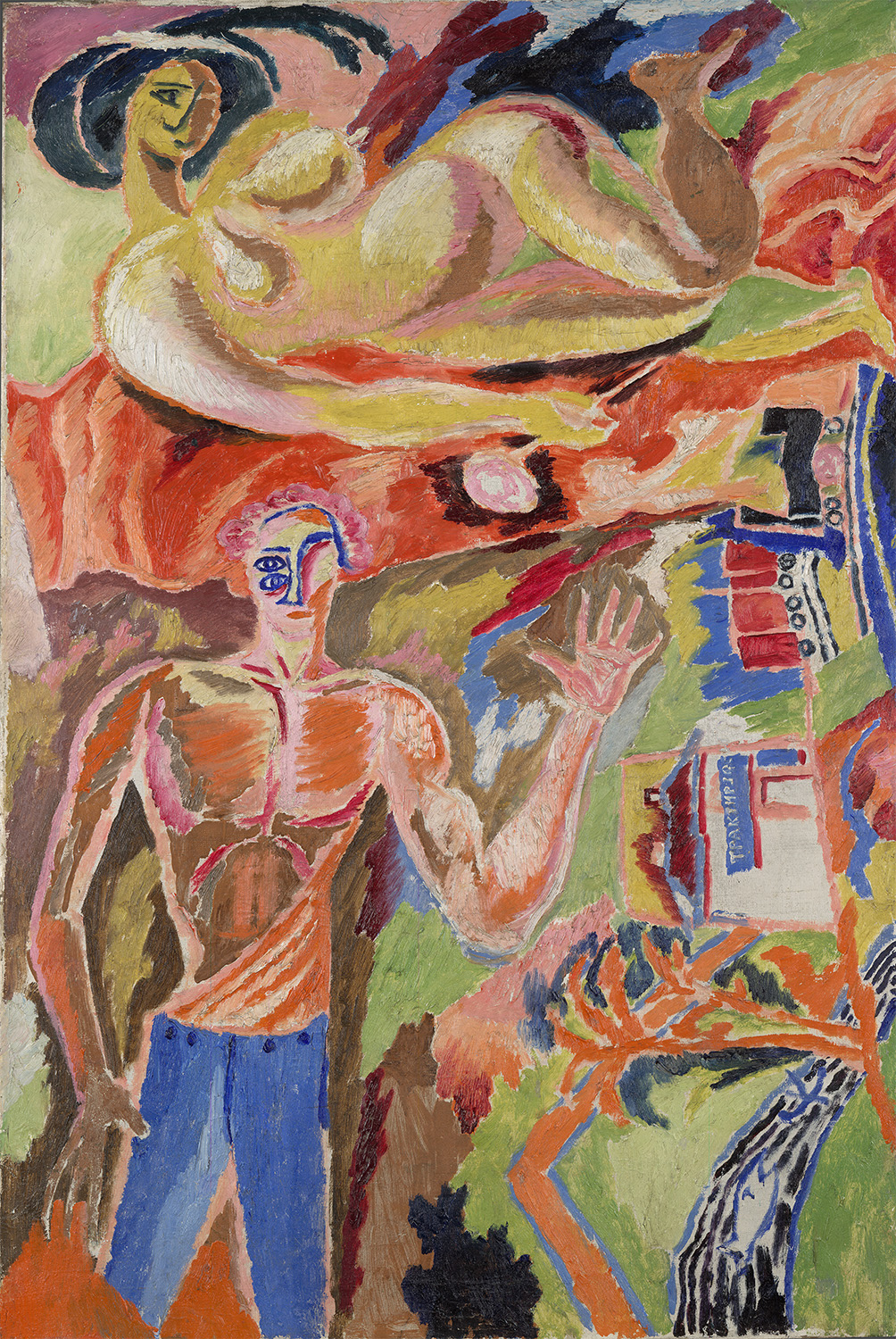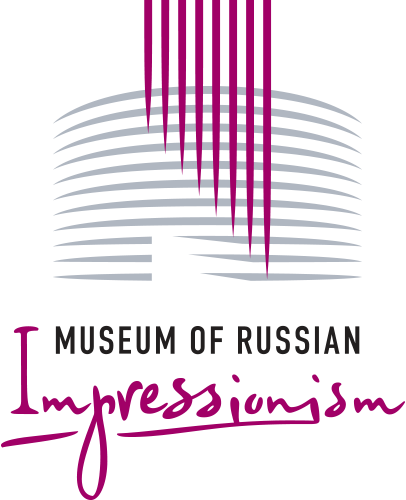
Portrait of Songbeater Futurist Vasily Kamenskii, 1916
David Davidovich Burliuk
Oil on canvas
97.2X66
The State Tretyakov Gallery
Portrait of songbeater futurist Vasily Kamenskii became a kind of Manifesto of the struggle for the new art. There is a poet and a pilot here, a long-term friend and colleague of Burliuk. Kamenskii and Burliuk together punched the way to futurism in Russia. "It's me. I'm a Futurist – songbeater \ And pilot – Aviator" - read the verses Kamenskii, while on his forehead there was an airplane drawn by Mayakovsky, a symbolic "sign of the global dynamics". Together with Kamenskii and Mayakovsky, David Burlyuk organized a "Big all-Russian tour" of futurists, during which they were often rescued by a diploma of Aviator Vasily Kamenskii. To get the lecture approved by the city authorities, Kamenskii showed them his diploma; they imbued with respect for him and provided with a hall for performances of futurists. At the same time, the posters stressed that Vasily Kamenskii was "pilot-Aviator of the Imperial all-Russian flying club." But one day, in Kharkov, the Governor read the title of Kamenskii’s lecture "Airplanes and poetry of the futurists" and asked what futurism had to do with it. Kamenskii replied, "Futurism mainly glorifies the achievements of aviation." Then the Governor asked: "Are Burliuk and Mayakovsky pilots too? — Almost..." — said Kamenskii.
The fact that Kamenskii was a pilot greatly strengthened the position of futurists, clearly demonstrating that their calls to combine new art with life were not built from scratch, but were already implemented in the biography of one of them.
“Songbeater” is a word thought out by Kamenskii. One of the principles of futurism is the expansion of the dictionary. Poets came up with new words to revive the dead language we all speak. They hoped to return to the language its lost sensuality.
Despite the fact that both the name and the character of the painting belong to futurism, the picture itself does not reflect the ideas of this artistic movement. With its juicy colourful spots it is more reminiscent of the canvases of the fauvists. Over the conventionally represented Kamenskii, the author has placed a naked female figure with a rose in her hand. She is hovering over the poet, and at the same time reclining on a red cloth. And on the right, perpendicular to her, the artist has placed the urban landscape, however, to see it, the picture must be rotated. David Burliuk does not depict objects in motion, as futurist artists did, but literally forces a viewer to revolve around his work.



